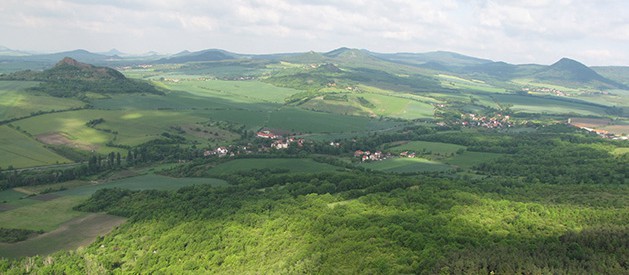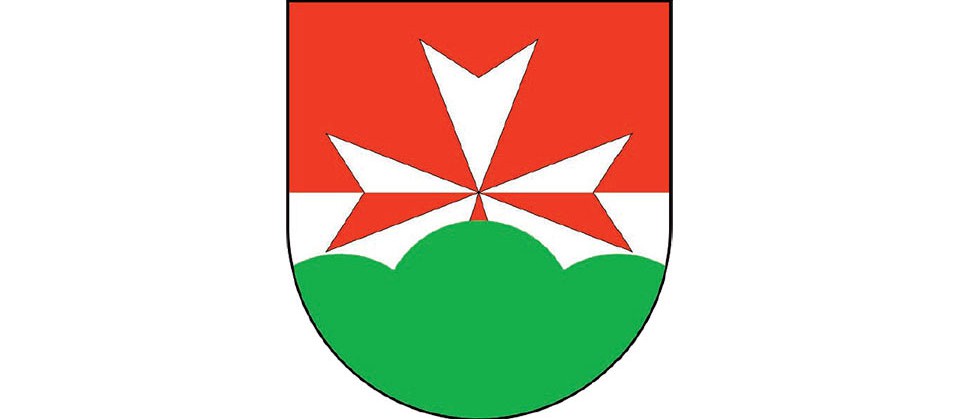
Golden Trail over the Land of Castles
The "Golden Trail over the Land of Castles" with a total length of 93 km from Budyně nad Ohří to Úštěk connects most of the important castle monuments in the area of the Central Bohemian Uplands.
The Central Bohemian Uplands are surely a region with a unique atmosphere of beautiful nature, high basalt mounds and - above all - the land of castle ruins that crown these magnificant peaks. And those wonderful views of the region… you will love them! You will not see anything similar in the Czech lands. Moreover, few people realize that the Central Bohemian Uplands is the place where the oldest Czech legends take place and that it is also the only region where the invincible Czech military leader Jan Žižka from Trocnov imprinted his strategic genius on his own castle - Kalich.
Stops

Staňkovice
The first mention of Staňkovice (Stanchouici) occurs in a document issued on 12 December 1255 in Znojmo. At that time, there was a court in Staňkovice, which was held by the Johanites and included Pohořany, Trnovany and Podviní.
During the Hussite wars, the Staňkovice court came into the possession of the Lords of Roupov, in whose hands it remained until White Mountain. However, the written sources are scarce on the information about Staňkovice and the mention of a fortress in 1546 remains unclear. The Staňkovice court survived until 1796, when it was parceled out. In the 18th century, there was an inn in the village (under the administration of the authorities) and a detached mill, which is now listed as a cultural monument (its current appearance dates back to 1830). Other local landmarks include timbered and brick houses from the 18th and 19th centuries and, in particular, the Chapel of St. Procopius from 1868, which stands in the centre of the village. The chapel is a pseudo-style chapel with Romanesque elements and serves both religious and cultural purposes - regular concerts are held there. Staňkovice today belongs to the smallest Czech villages, but it was not always so. In the middle of the 19th century, when the village reached its peak, there were 42 houses with 256 inhabitants. Their decline was then gradually due to the low yield of agricultural land. The greatest decline in population occurred after 1945.
